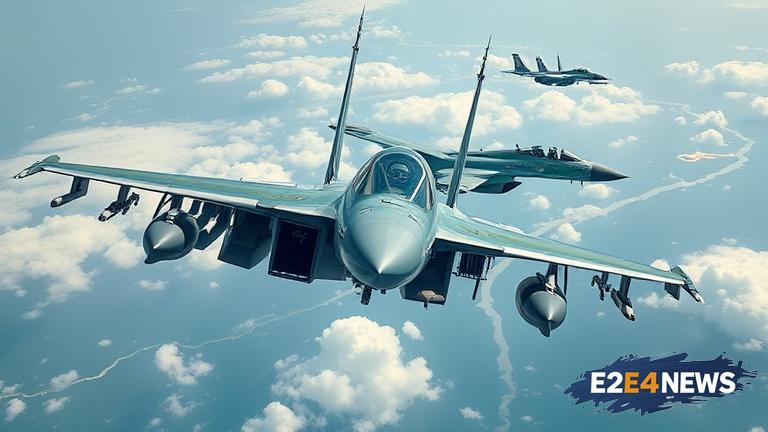The Indian Air Force (IAF) has been grappling with a long-standing issue of insufficient fighter jets, which has significant implications for the country’s national security. The IAF’s fighter jet fleet has been dwindling over the years, and the procurement process for new aircraft has been slow and plagued by delays. The Tejas, India’s indigenous light combat aircraft, has been in development for decades but has yet to meet the IAF’s requirements. The IAF has also been seeking to acquire foreign-made fighter jets, but the process has been hindered by bureaucratic red tape and disagreements over pricing and technology transfer. The Rafale deal, signed in 2016, has been a notable exception, but the delivery of the aircraft has been slow, and the IAF is still awaiting the arrival of all 36 jets. The IAF’s fighter jet shortage has been exacerbated by the retirement of older aircraft, such as the MiG-21 and MiG-27, which have been in service for decades. The IAF has also been struggling to maintain its existing fleet, with many aircraft undergoing repairs and upgrades. The lack of sufficient fighter jets has impacted the IAF’s ability to respond to emerging threats, including the increasing presence of Chinese military aircraft along the Line of Actual Control. The IAF has been seeking to address this shortfall by acquiring new aircraft, including the F-21 and the S-400 air defense system. However, the procurement process has been slow, and the IAF is still awaiting the arrival of these systems. The government has also been exploring the option of acquiring fighter jets from other countries, including the United States and Russia. The IAF’s fighter jet conundrum has significant implications for India’s national security, as the country faces increasing threats from its neighbors, including China and Pakistan. The IAF’s ability to respond to these threats is critical, and the lack of sufficient fighter jets undermines its ability to do so. The government has been under pressure to address the IAF’s fighter jet shortage, and the issue has been the subject of much debate and discussion. The IAF’s fighter jet conundrum is a complex issue, with multiple factors contributing to the problem. The slow pace of procurement, the lack of indigenous production, and the retirement of older aircraft have all contributed to the shortage. The IAF has been working to address these issues, but the process has been slow, and the shortage persists. The IAF’s fighter jet conundrum is a pressing issue that requires urgent attention, as the country’s national security depends on it. The government must work to address the shortage, through a combination of indigenous production, foreign procurement, and upgrades to existing aircraft. The IAF’s ability to respond to emerging threats depends on it, and the country’s national security is at stake. The IAF’s fighter jet conundrum is a challenge that must be addressed, and the government must work to find a solution to this pressing issue. The IAF’s fighter jet shortage has significant implications for the country’s defense capabilities, and the government must work to address the issue as soon as possible. The IAF’s ability to respond to emerging threats is critical, and the lack of sufficient fighter jets undermines its ability to do so. The government must work to address the shortage, through a combination of indigenous production, foreign procurement, and upgrades to existing aircraft. The IAF’s fighter jet conundrum is a complex issue, with multiple factors contributing to the problem. The slow pace of procurement, the lack of indigenous production, and the retirement of older aircraft have all contributed to the shortage. The IAF has been working to address these issues, but the process has been slow, and the shortage persists. The IAF’s fighter jet conundrum is a pressing issue that requires urgent attention, as the country’s national security depends on it.





